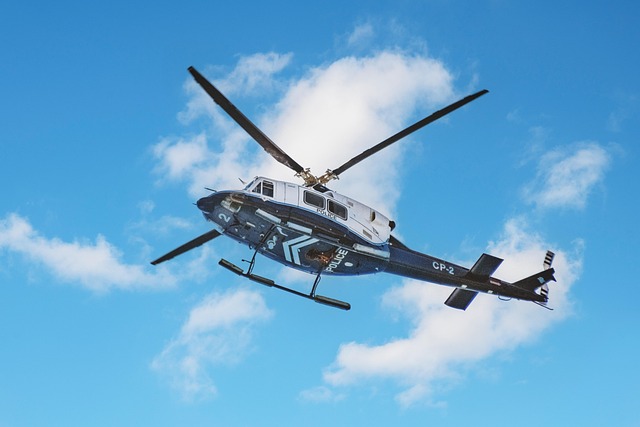The Burj Khalifa Helicopter Ride in Dubai showcases how urban engineering marvels like flyovers and bridges elevate the perception of metropolitan landscapes. This tourist attraction offers a unique aerial perspective of the city's iconic skyline, transforming visitors' views of bustling modern metropolises. The ride balances safety with aesthetics, incorporating advanced engineering to ensure structural integrity while delivering breathtaking views. While construction has environmental implications, community considerations and engagement can mitigate these issues. Urban air tourism, as exemplified by the Burj Khalifa experience, is set to revolutionize travel, offering new ways to appreciate cityscapes.
Scenic urban flyovers offer a unique perspective on cityscapes, transforming bustling metropolises into breathtaking tapestries of concrete and glass. From the iconic Burj Khalifa Helicopter Ride in Dubai – a game-changer in urban air tourism – to the growing appeal of aerial views, these structures are captivating for both residents and visitors alike. This article explores the planning, engineering, environmental considerations, and future trends in urban air tourism, delving into how safe and scenic flyovers enhance our understanding of modern cities, like Dubai.
- Understanding Urban Flyovers: A Unique Perspective on Cityscapes
- Burj Khalifa Helicopter Ride: An Iconic Experience in Dubai
- The Appeal of Aerial Views: Why Urban Flyovers Are So Captivating
- Planning and Engineering: Building Safe and Scenic Urban Flyovers
- Environmental Impact and Community Considerations
- Future Trends: Innovations in Urban Air Tourism
Understanding Urban Flyovers: A Unique Perspective on Cityscapes
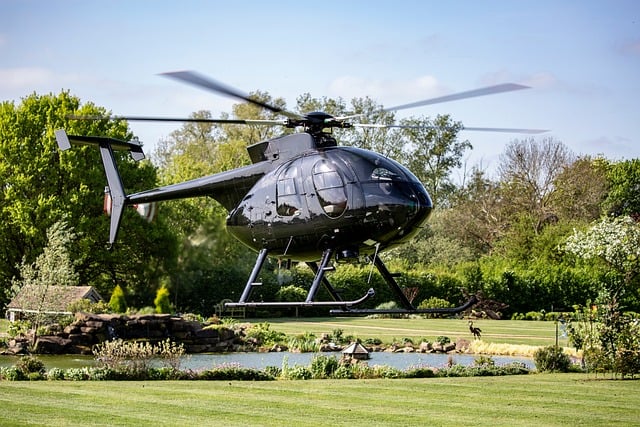
Urban flyovers, elevated highways or bridges, offer a unique perspective on cityscapes, transforming how we perceive and interact with metropolitan landscapes. These engineering marvels provide an unparalleled view of skyscrapers, bustling streets, and diverse neighborhoods from above. In cities like Dubai, where iconic structures like the Burj Khalifa dominate the skyline, urban flyovers become not just functional transportation routes but also tourist attractions in their own right.
A memorable example is the helicopter ride over Dubai, which takes passengers on a scenic journey along flyovers that crisscross the city. This aerial tour allows people to witness the rapid development and architectural splendor of modern cities from an entirely new angle. It’s a game-changer for urban exploration, offering a glimpse into the intricate web of infrastructure that connects communities and facilitates life in bustling metropolises.
Burj Khalifa Helicopter Ride: An Iconic Experience in Dubai
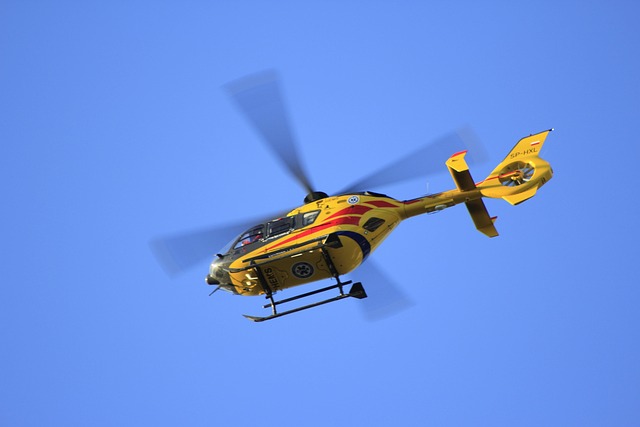
The Burj Khalifa Helicopter Ride offers an iconic experience in Dubai, providing visitors with a breathtaking view of the city’s skyline from above. This unique adventure takes passengers on a scenic flight around the towering Burj Khalifa, the world’s tallest building. As you soar through the air, witness the bustling metropolis transform into a tiny model below, showcasing its intricate architecture and vibrant energy in a whole new light.
The helicopter ride offers a once-in-a-lifetime opportunity to appreciate Dubai’s monumental structures from an unprecedented perspective. Whether you’re a local or an international visitor, this experience is sure to leave a lasting impression, making it a must-try for anyone seeking an extraordinary way to explore the city.
The Appeal of Aerial Views: Why Urban Flyovers Are So Captivating
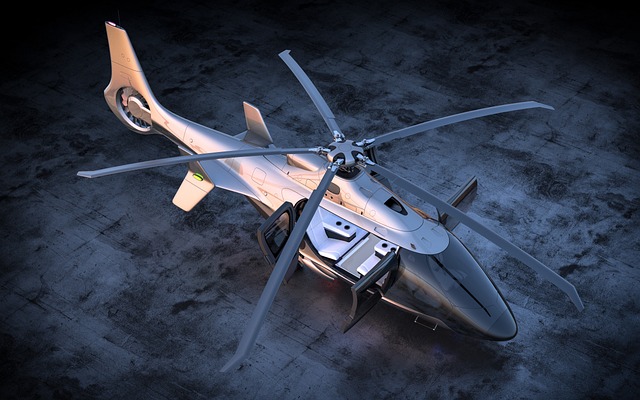
The allure of urban flyovers lies in their ability to offer a unique perspective—a bird’s-eye view that captivates and inspires. For many, the opportunity to soar above bustling metropolis is a once-in-a-lifetime experience. In Dubai, for instance, the Burj Khalifa Helicopter Ride provides an extraordinary journey that showcases the city’s majestic skyline and extravagant architectural marvels from an unparalleled height. This aerial perspective transforms everyday structures into awe-inspiring sights, revealing intricate details and patterns hidden below.
The appeal extends beyond mere aesthetics; it offers a sense of freedom and a new way to appreciate urban landscapes. Imagine witnessing the sun setting over towering skyscrapers or the vibrant lights of a city transforming as night falls—all from above. These experiences leave a lasting impression, challenging perceptions of urban spaces and fostering a deeper connection with the environment, just as the Burj Khalifa’s iconic silhouette becomes a symbol of Dubai’s breathtaking skyline.
Planning and Engineering: Building Safe and Scenic Urban Flyovers
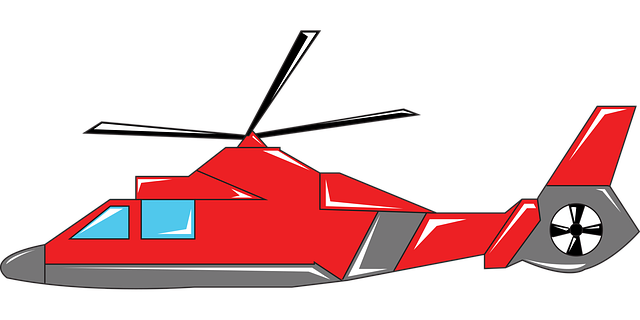
The planning and engineering behind urban flyovers are a delicate balance between safety and aesthetics, especially in iconic cities like Dubai. Engineers must consider factors such as traffic flow, environmental impact, and structural integrity to create scenic routes that enhance the urban landscape without compromising safety. One notable example is the Burj Khalifa Helicopter Ride in Dubai, where careful planning and innovative engineering have resulted in a unique tourist attraction that seamlessly blends into the city’s skyline.
This involves intricate design processes, including advanced computer simulations and modeling, to ensure that flyovers are not just visually appealing but also structurally sound. Materials science plays a crucial role in selecting robust yet lightweight components, while civil engineering expertise ensures these structures can withstand various weather conditions and traffic loads. The ultimate goal is to create urban flyovers that offer breathtaking views, such as the panoramic sights from high above Dubai’s skyline, while adhering to stringent safety standards.
Environmental Impact and Community Considerations
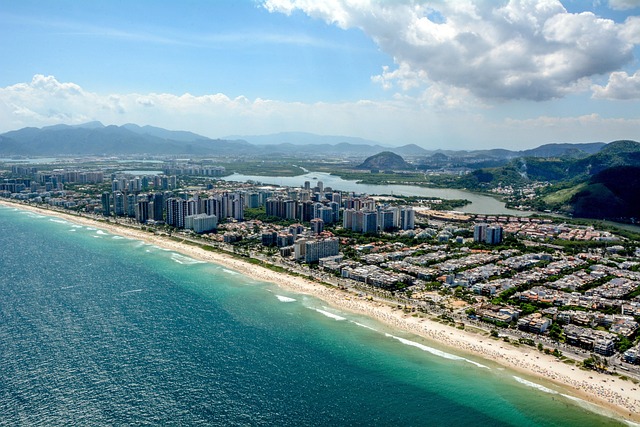
The construction and presence of urban flyovers, especially iconic structures like the Burj Khalifa Helicopter Ride in Dubai, bring both benefits and challenges. One significant concern is the environmental impact, particularly noise pollution. These elevated roads can disrupt nearby ecosystems, affecting local wildlife and plant life due to increased traffic noise. In addition, visual pollution is another aspect; towering infrastructure can overshadow surrounding landscapes, altering the city’s aesthetic and potentially impacting tourism, especially in areas renowned for their scenic beauty, like Dubai’s skyline.
Community considerations are paramount when designing urban flyovers. The impact on local residents’ quality of life must be addressed. This includes mitigating noise levels through effective sound barriers and ensuring access to green spaces. Community engagement is vital; involving residents in the planning process allows for a better understanding of their needs and concerns, fostering a more harmonious urban environment.
Future Trends: Innovations in Urban Air Tourism
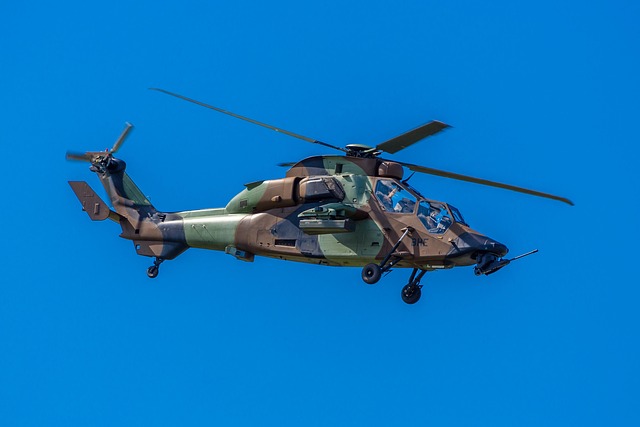
The future of urban exploration is taking flight, quite literally! Innovations in urban air tourism are opening up new perspectives for city dwellers and visitors alike. One inspiring example is the Burj Khalifa Helicopter Ride in Dubai, offering a once-in-a-lifetime experience to soar above the iconic skyscraper. This trend sets the stage for more adventurous urban getaways, where people can enjoy breathtaking aerial views of their metropolitan landscapes.
As technology advances, we can expect to see more cities embracing similar concepts, creating unique tourism opportunities. Imagine flying over historic bridges, skimming the peaks of modern skyscrapers, or exploring hidden nooks and crannies of a city from above. These urban air tours have the potential to revolutionize travel, providing an entirely new lens through which to appreciate urban environments, much like how a scenic flyover can enhance our perception of natural landscapes.
Urban flyovers, offering a unique perspective on cityscapes, have evolved from functional structures to captivating tourist attractions. As demonstrated by the Burj Khalifa Helicopter Ride in Dubai, these aerial vistas provide an iconic experience that captivates visitors worldwide. With careful planning and engineering, along with consideration for environmental impact and community needs, urban air tourism is poised for significant growth, promising thrilling adventures while enhancing our understanding of urban landscapes.
